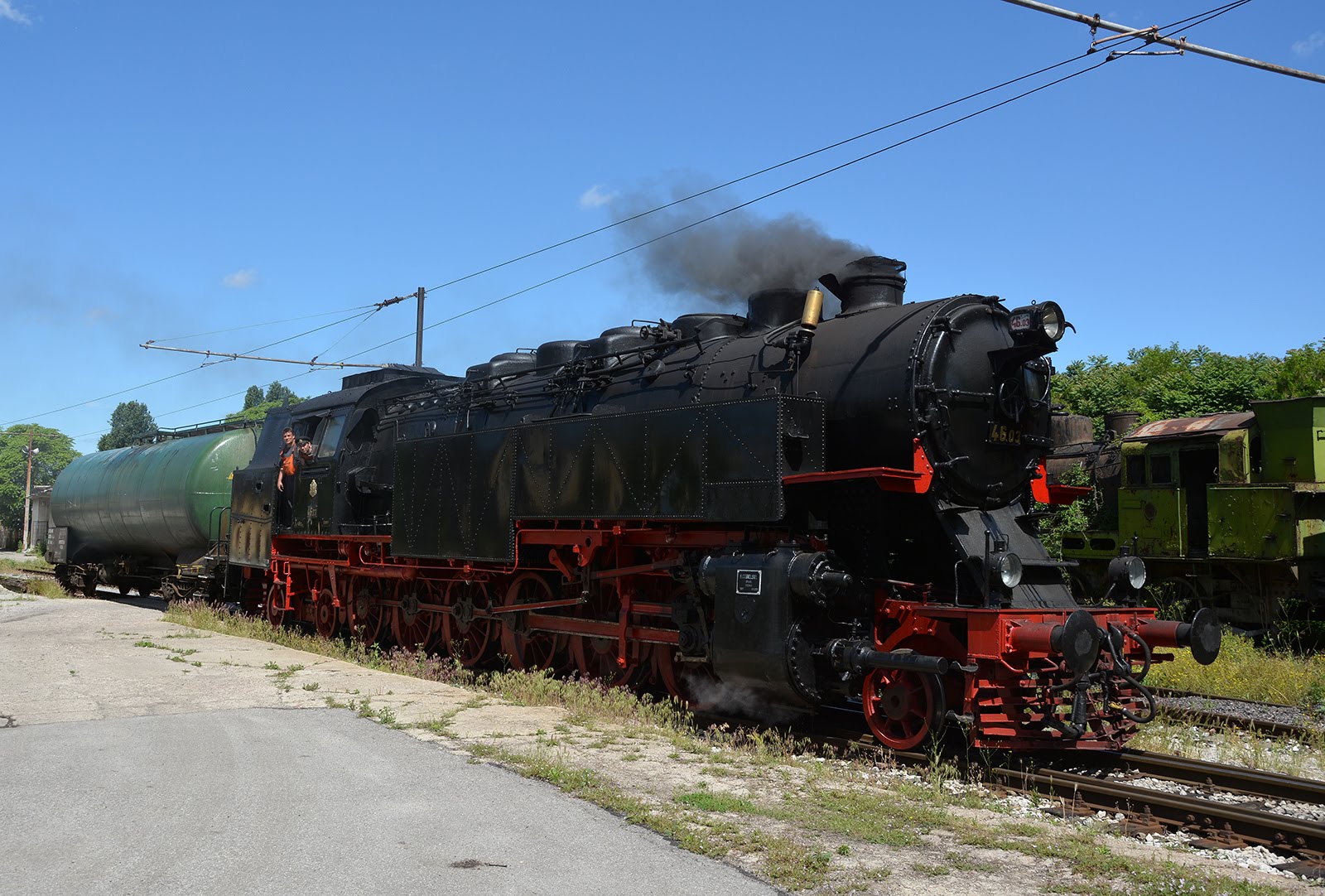2-12-4 on:
[Wikipedia]
[Google]
[Amazon]
In

Whyte notation
Whyte notation is a classification method for steam locomotives, and some internal combustion locomotives and electric locomotives, by wheel arrangement. It was devised by Frederick Methvan Whyte, and came into use in the early twentieth cen ...
for the classification of steam locomotives by wheel arrangement
In rail transport, a wheel arrangement or wheel configuration is a system of classifying the way in which wheels are distributed under a locomotive. Several notations exist to describe the wheel assemblies of a locomotive by type, position, and c ...
, a 2-12-4 is a locomotive with one pair of unpowered leading wheel
The leading wheel or leading axle or pilot wheel of a steam locomotive is an unpowered wheel or axle located in front of the driving wheels. The axle or axles of the leading wheels are normally located on a leading truck. Leading wheels are used ...
s, followed by six pairs of powered driving wheels, and two pairs of unpowered trailing wheel
On a steam locomotive, a trailing wheel or trailing axle is generally an unpowered wheel or axle ( wheelset) located behind the driving wheels. The axle of the trailing wheels is usually located in a trailing truck. On some large locomotives, ...
s. While it would be possible to make a tender locomotive
A tender or coal-car (US only) is a special rail vehicle hauled by a steam locomotive containing its fuel (wood, coal, oil or torrefied biomass) and water. Steam locomotives consume large quantities of water compared to the quantity of fuel, s ...
of this type, all locomotives of this wheel arrangement were tank engines.
Other equivalent classifications are:
* UIC classification
The UIC classification of locomotive axle arrangements, sometimes known as the German classification''The Railway Data File''. Leicester: Silverdale, 2000. p. 52. . or German system,Kalla-Bishop P.M. & Greggio, Luciano, ''Steam Locomotives'', Cre ...
: 1′F2′ (also known as German classification and Italian classification
The UIC classification of locomotive axle arrangements, sometimes known as the German classification''The Railway Data File''. Leicester: Silverdale, 2000. p. 52. . or German system,Kalla-Bishop P.M. & Greggio, Luciano, ''Steam Locomotives'', Cre ...
)
* European classification: 1-6-2
* French classification Under the French classification system for locomotive wheel arrangements, the system is slightly different for steam and electric/diesel vehicles.
Steam
The French system counts axles, rather than wheels. As with Whyte notation, a conventional r ...
: 162
Bulgaria
There are only 20 standard gauge () engines with this wheel arrangement that were built for and ran in Europe: class 46 of theBulgarian State Railways
The Bulgarian State Railways ( bg, Български държавни железници, translit=Balgarski darzhavni zheleznitsi, abbreviated as БДЖ, BDZ or BDŽ) are Bulgaria's state railway company and the largest railway carrier in the co ...
(BDŽ). They were ordered by BDŽ and built according to its specification by two different manufacturers: 12 engines by H. Cegielski in Poznań, Poland in 1931, and 8 by Berliner Maschinenbau
Berliner Maschinenbau AG was a German manufacturer of locomotives.
The factory was founded by Louis Victor Robert Schwartzkopff on 3 October 1852 as ''Eisengießerei und Maschinen-Fabrik von L. Schwartzkopff'' in Berlin.
History
The facto ...
(Schwarzkopf) in Berlin, Germany in 1943. Although there is a major difference between the two batches—the first 12 engines are type 1′F2′ h2Gt — tank-engine for freight service, two-cylinder system with simple steam expansion (Zwilling) with superheating, while the remaining 8 are 1′F2′ h3Gt — 3-cylinder (Drilling)—all were put into the same class 46 and numbered 46.01 – 46.12 and 46.13 – 46.20. They were designed to haul heavy coal trains on mountainous lines with gradients of about 2.67% (1 in 35.7) and more, and they coped with this hard task very well. Bulgarian railwaymen gave them nickname "Mother Bear" because they looked fat, clumsy and compact. These engines appear to be the most powerful steam locomotives in Europe. Two of them (46.03 of Zwillings and 46.13 of Drillings) are preserved. The Zwilling 46.03 has been restored to working order and made its maiden voyage on steam in May 2015.
Technical specifications:

References
12,2-12-4 {{steam-loco-stub